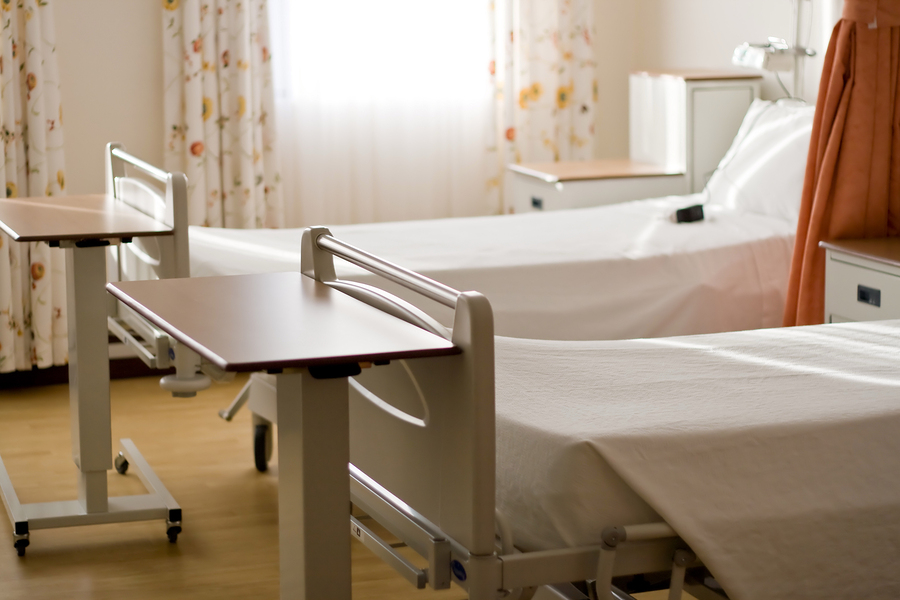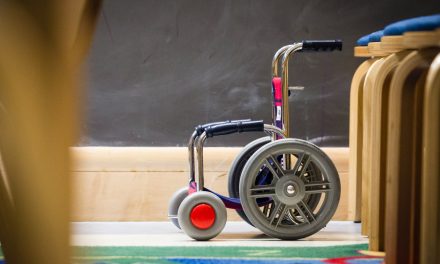New data has shown that conventional laundering methods for hospital bedsheets can leave 60% of Clostridium difficile spores behind, thus increasing the risk of contaminating other bed linens and patients.
RELATED STORY:
Senior author Katie Laird, Ph.D., head of the Infectious Disease Research Group, School of Pharmacy, De Montfort University, Leicester, United Kingdom said these finding might explain sporadic outbreaks of C difficile infections in hospitals but that further research is still necessary.
These findings were published online on October 16th in the journal Infection Control and Hospital Epidemiology.
“To test the effect of laundering on C difficile spores, the investigators used both naturally contaminated bedsheets from patients infected with C difficile and experimentally inoculated sheets. The sheets were washed according to the current UK National Health Service (NHS) laundry policy, as specified in Health Technical Memorandum (HTM) 01-04.
With the experimentally inoculated sheets, the authors initially tested the effects of washing without detergent (a control cycle), exposing the spores to the heat and agitation specified in the NHS protocol, and found that the sheets remained heavily contaminated.
After washing with detergent, the experimentally inoculated sheets still contained 0 to 9 colony-forming units (cfu) per 25 cm2 swatch. Moreover, previously sterile swatches washed in the load with the experimentally inoculated sheets held 0 to 14 cfu/25 cm2. Thus, the washing not only did not sterilize the original bedsheets but also spread the contamination to other items in the laundry load.”1
The team then repeated the analysis with naturally contaminated sheets laundered at a commercial laundry in accordance with NHS protocol and found the same results: prior to washing the sheets were contaminated with an average of 51 cfu/cm2 and after the spore count was 33 cfu/cm2, leaving the authors to conclude that “The thermal disinfection conditions, described in HTM 01-04, were inadequate to fully decontaminate linen that had been naturally contaminated with C. difficile spores.” 2
SOURCE:












